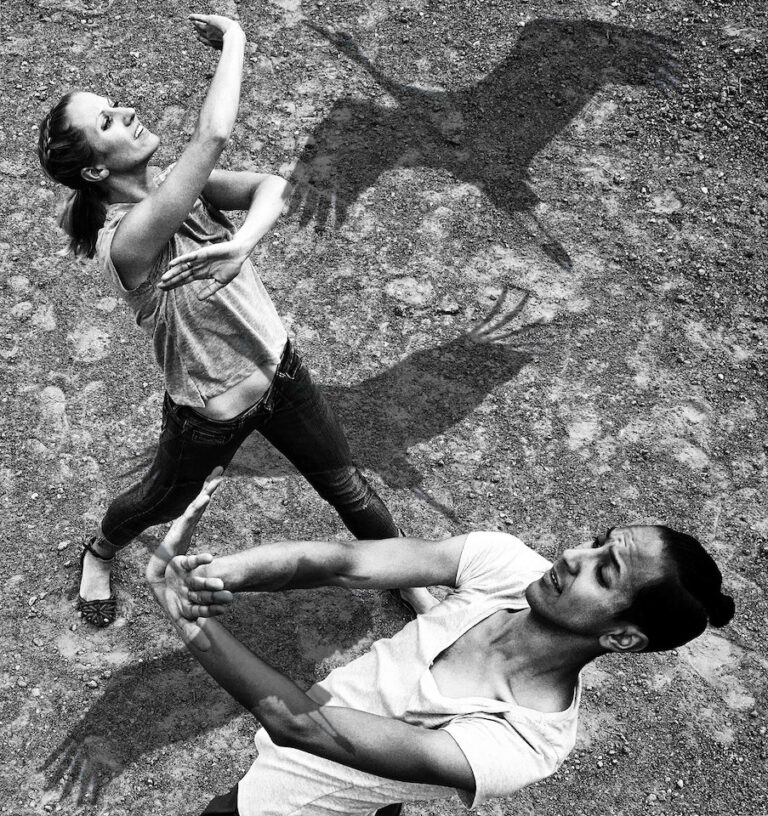Culture Shock: Catching Glimpses
The Wheat-Pasted Photographic Murals Of Jetsonorama


Golden Migration
Chip Thomas and Lisa Nevada

Documentary photographer and public artist Chip Thomas, also known as jetsonorama
Chip Thomas








